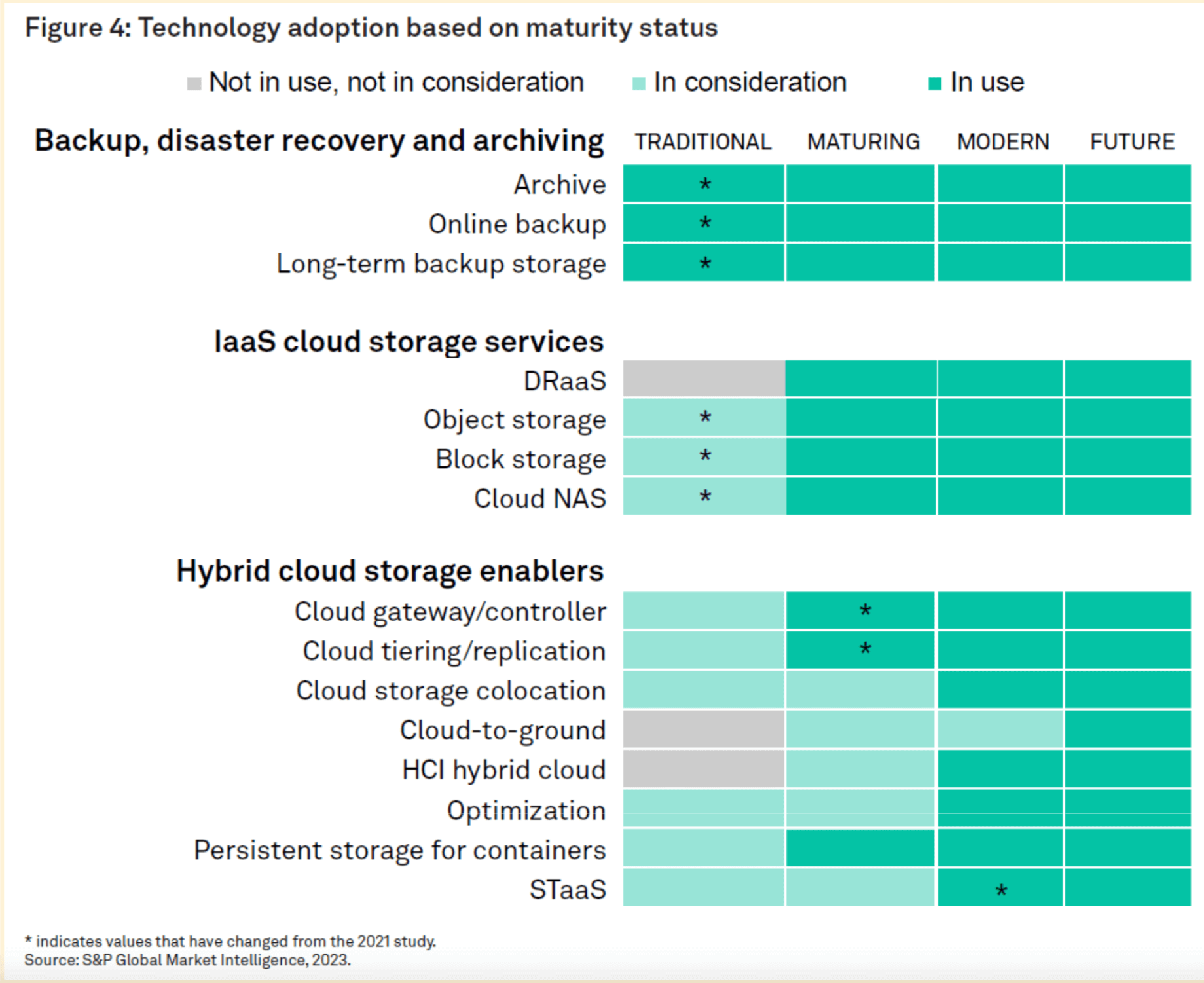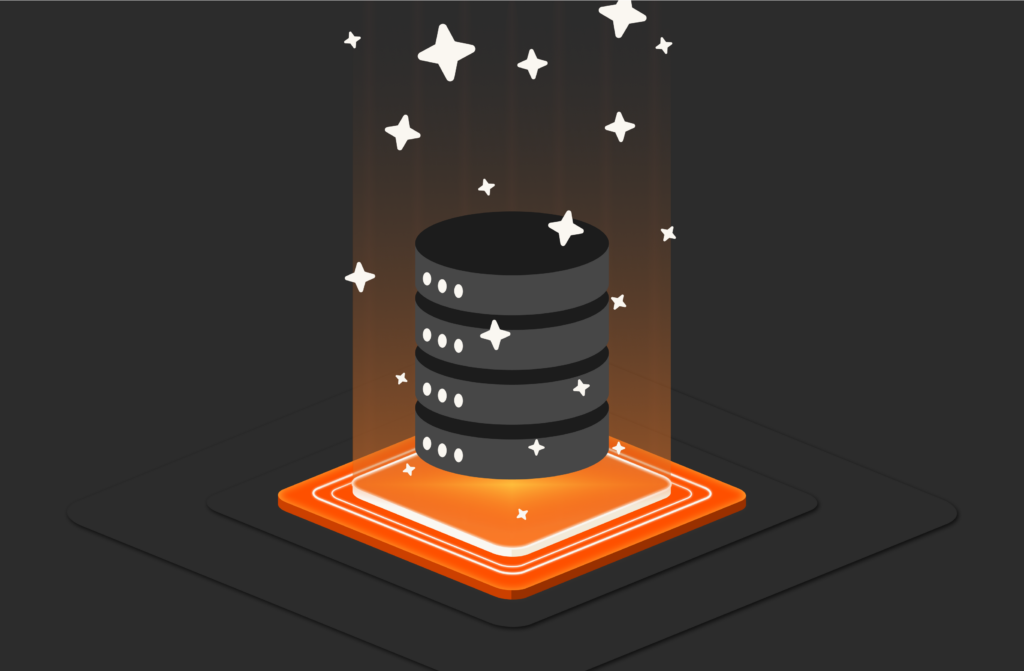Summary
Learn why businesses are shifting to platform-based storage to store data on platforms that deliver better scalability, performance, and cost control compared to traditional systems.
In today’s business environment, data is more than a resource—it’s a core driver of decision-making, operational efficiency, and innovation. Yet many enterprises still struggle with timely access to their own data. If a company were to store data on platforms, it could help alleviate these issues.
This slowdown doesn’t just create delays; it often leads to missed opportunities and growing complexity.
It might seem like the answer is to simply speed things up. But that assumes the foundation is sound—and increasingly, it isn’t. Traditional storage systems can’t keep up with the size, speed, and variety of modern data.
The Underlying Challenge and Growing Strain
The way data is stored makes access difficult. Most enterprise data lives in silos—some in cloud databases, some in on-premises systems. Each application uses its own storage, so moving data between them means making copies. That slows everything down and increases risks: inconsistencies, duplicate sets, and growing overhead.
Complicating matters further, many enterprise apps also aren’t built to manage or move large volumes of data. So teams often move that data to separate environments like data lakes or warehouses. Each transfer adds lag, duplicates, and confusion about what data you actually have.
Dealing with data silos is tough in normal times. But with data growing rapidly, it’s harder than ever. IDC predicts the global data sphere will more than double between 2022 and 2026. Much of that growth is unstructured data—things like video, audio, social media, and machine-generated logs. Some estimates suggest unstructured data is growing by as much as 60% per year.
AI-driven workloads are making the situation more complex. These workloads need not just more data but faster and more flexible access. That puts pressure on systems that weren’t built to scale that way.
Traditional Solutions Are Falling Behind
IT teams have tried familiar fixes, but each one comes with limitations:
- Hybrid cloud was once a budget-friendly compromise. Now, 51% of IT leaders say rising cloud storage costs are straining their on-prem budgets.
- Switching to lower-cost vendors might save money upfront but often leads to compatibility issues, migration challenges, and weaker service.
- Extending legacy systems can delay capital spending, but those systems often lack modern security and can’t scale with business needs.
- HDDs are slow, power-hungry, and prone to failure. They simply weren’t built for today’s high-speed demands.
- Reducing data volume sounds efficient but is time-consuming and risky. It’s easy to delete data you may later need.
These are workarounds, not solutions. They don’t fix the core issue: outdated, inflexible architecture.

Why Many Are Shifting to Store Data on Platforms
Unlike traditional systems designed around specific infrastructure or vendors, if you store data on platforms, it will provide flexible, scalable, and service-based access to data.
The model is also referred to as storage as a service (STaaS). And it’s gaining so much traction that Gartner predicts more than half of I&O leaders will adopt these types of solutions by 2028.
With platform-based storage, you can:
- Scale capacity up or down without major infrastructure changes
- Maintain high performance across environments
- Improve data visibility and control
- Cut operational costs and power consumption
These platforms unify storage architecture, so teams spend less time moving data and more time creating value. And because there’s no physical infrastructure, storage becomes a utility—available as needed.
Having storage truly available when needed enables you to:
- Launch new services faster
- Reinvest in innovation by lowering overhead
- Free up power for AI by reducing energy use
- Improve uptime with modern redundancy and automation
Choosing a Solution
As in many solutions, not all platforms are equal. A strong option should offer:
- Access across cloud, on-prem, and hybrid setups
- On-demand scalability
- High performance with low latency
- Strong security and data protection
- Compact, energy-efficient design
All-flash platforms check all of these boxes. Since they don’t have moving parts, you have less risk of failure, gain faster read/write speeds, and consume less power.
For example, compared to HDDs, the all-flash Pure Storage platform:
- Offers four to five times the performance
- Uses one-tenth the space, power, and cooling
See these case studies for details.
Whether a system is purpose-built or retrofitted matters too. Platforms designed from the ground up are usually simpler, more reliable, and easier to scale.
Pure Storage architecture allows you to manage all your data sets in one environment. That means no more copying and modifying data sets and a clearer view of how they connect.

The Cloud Is an Advantage, Not a Destination
For many, the cloud seemed like the answer to storing and accessing data quickly without costing an arm and a leg. But moving to the cloud hasn’t always lived up to expectations. Costs can add up fast—from service fees to integration and data management expenses.
Yes, the cloud has its place and usages. But it’s more useful to think of the cloud as an advantage as opposed to a destination.
What I mean by this is that business growth comes down to having the agility and flexibility to use data the way the business needs. Think of cloud solutions as a way to create your ideal operating model. One where you can make course corrections, change your strategy, and change your mind about things without penalty or delay.
In fact, that’s the principle behind Pure Storage products. All of our products are designed to easily evolve with your business and the demands you face.

Next Steps in Rethinking Storage and Choosing to Store Data on Platforms
Platform-based storage isn’t a cure-all. But it is an efficient way to manage growing data needs without overextending your resources.
If this sounds good, I suggest checking out the report, “Rising Storage Costs Drive a Need for Change.”
For each of your current systems, ask:
- Is this creating business value?
- Is it helping manage costs?
- Is it reducing risk?
Then, open the conversatios be better. So when you learn about a new technology that may transform next-gen applications, you’re quick to evaluate it.ion with stakeholders, so that they see how as-a-service solutions are the keys to unlocking business growth.

Try FlashArray//C™
Capacity-optimized, All-flash Storage
Get enterprise-class performance, reliability, and agility at an accessible price.

Written By:
Rein In Rising Costs
See pain points IT leaders are grappling with and steps they’re taking to reduce spending.







